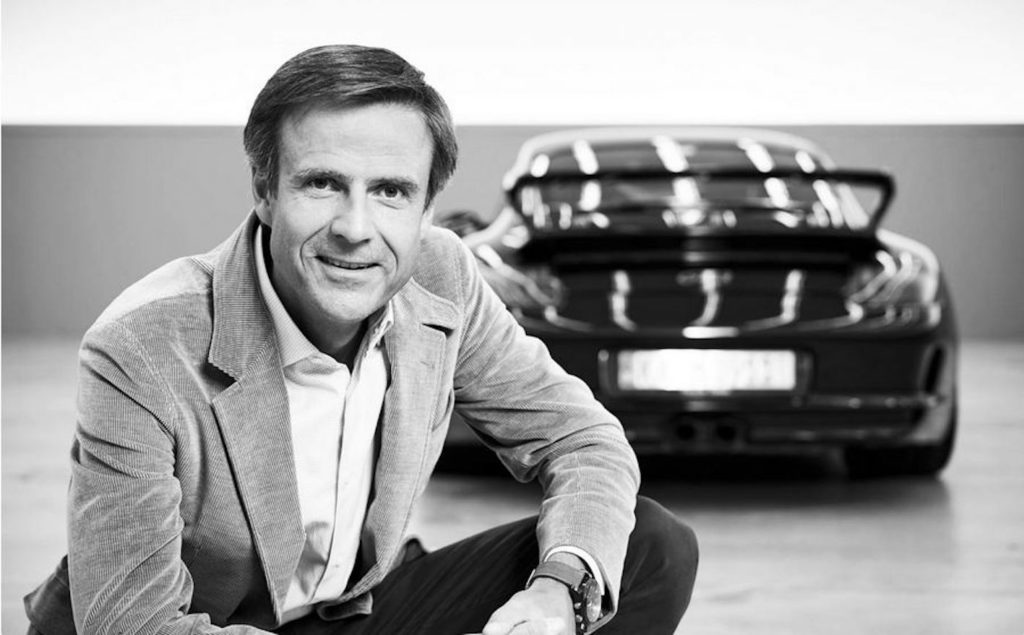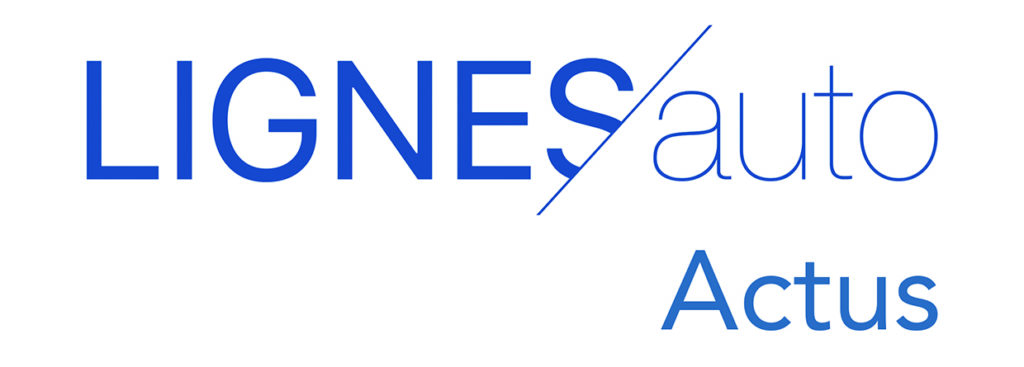
Porsche design director Michael Mauer always has his notebook in his hand. At meetings, he is always drawing, “putting things down on paper”, he says. “I drive my wife crazy. Even at breakfast I’m sketching, and it’s almost always cars: I can’t help it.” Text and document: Porsche communication.
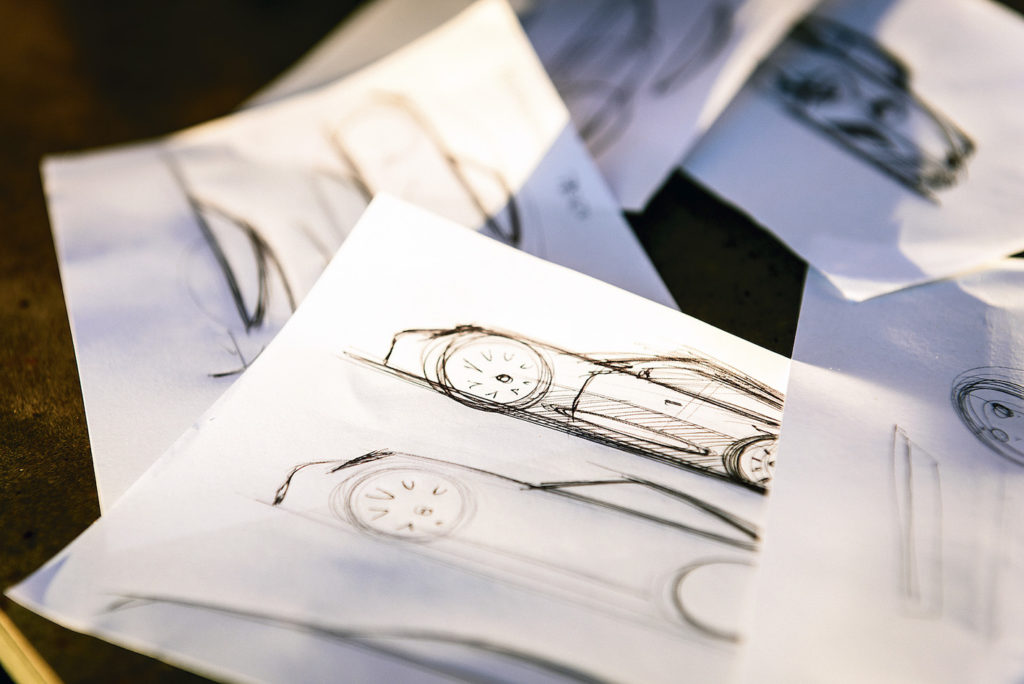
It may sound like a cliché, but the man in charge of design at Porsche since 2004 lives and breathes design. As he explains how to design Porsche’s greatest icon – the 911 – to help hone enthusiasts’ skills from home, his pencil glides effortlessly across the paper. Let’s enjoy his lessons!

“As a designer, you can solve a lot of problems by sketching,” he explains. “Sometimes we look at a model during the design process – whether it’s a clay model or a virtual reality model – and we realise something is wrong. Maybe we’ve pushed the roofline too low or there’s a technical challenge. When that happens, I take out my pencil and draw around the details – around the element that doesn’t quite work – and try to solve the problem by drawing.”
Sketch 1
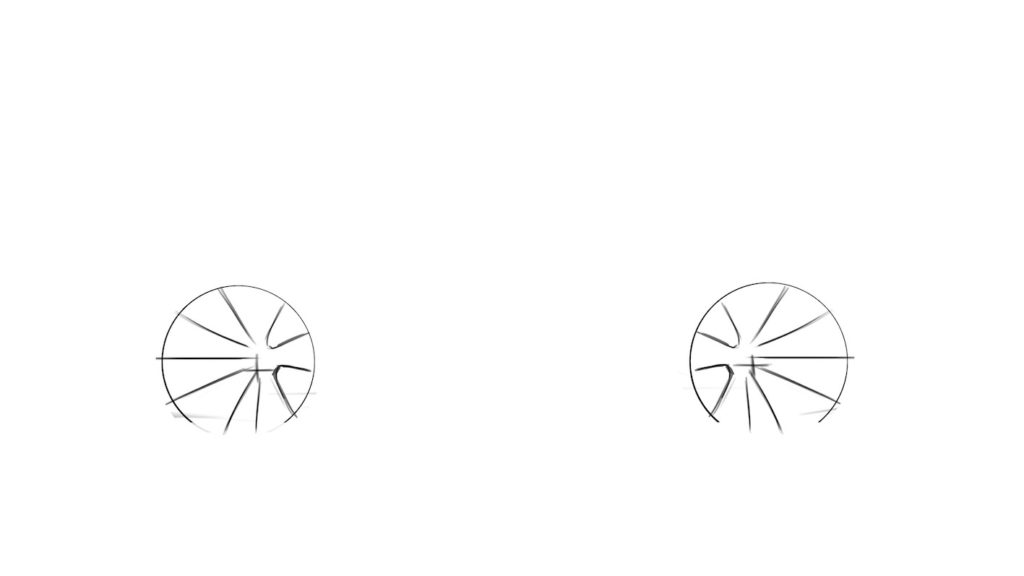
“If you asked ten car designers to explain this sketching process, you would get five different approaches. Some designers start with the two wheels, some start with the front wheel, then start sketching the front of the car and add the second wheel later. You can approach it however you like, but I always start with the two wheels, because one of the challenges of designing a car is to get the wheelbase and proportions right. You need to have an idea of where the rear wheel is supposed to be. With this method, I sometimes keep drawing and realise that the rear wheel is not in the right position, so I erase it and start again. When you draw your wheels, it’s up to you whether you start with two simple circles or add a bit more: in this case, I started thinking about the idea of a five-spoke wheel.”
Sketch 2
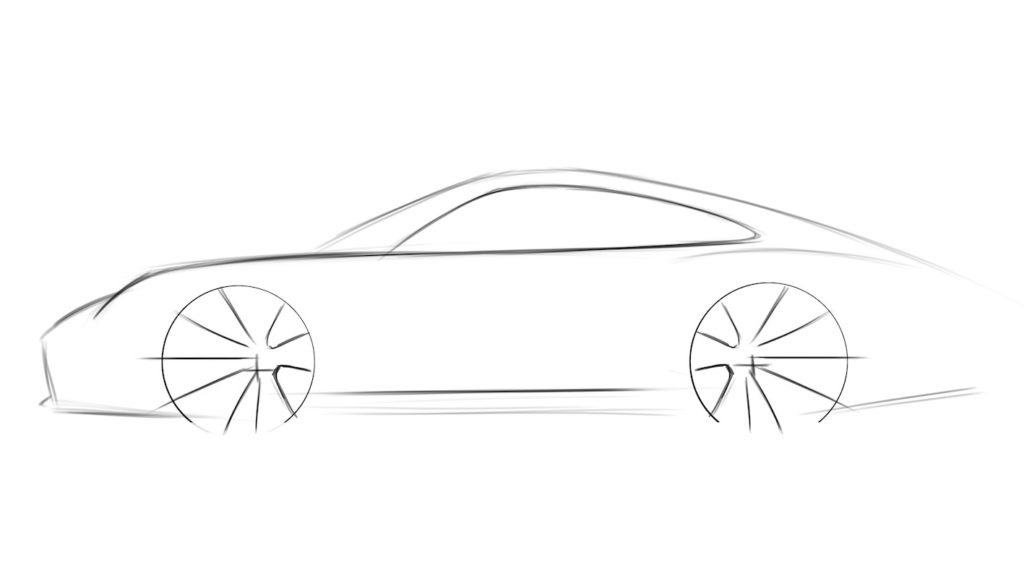
“Once your wheels are in place, the next step is to put the car on the ground: draw the line between the wheels. From there, you can start building the outline. Designers and engineers refer to this as the “zero Y section”, which essentially means the silhouette. In the case of the 911, it is very iconic. Sometimes you find that the silhouette and wheelbase don’t match, and then you have to think about moving the rear wheel, but that’s not a problem: that’s why we have rubber!”
Sketch 3
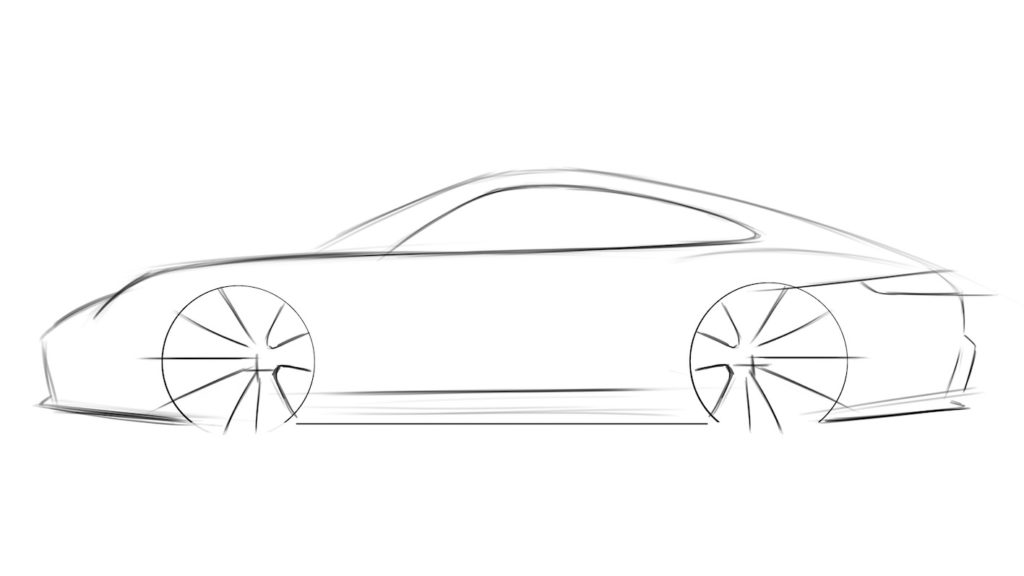
“Little by little, we start to add details, step by step. Designers often refer to the glass surface as “DLO: daylight opening.” I think that term was coined so we could have conversations that no one else would understand. The 911’s DLO is iconic and very different from that of a Cayenne or Panamera, as they are four-seaters. This is one of the first details I add, followed by the front headlight, then more detail at the rear. You can see that the shape of the bumper has been added, as well as the tail light.”
Sketch 4
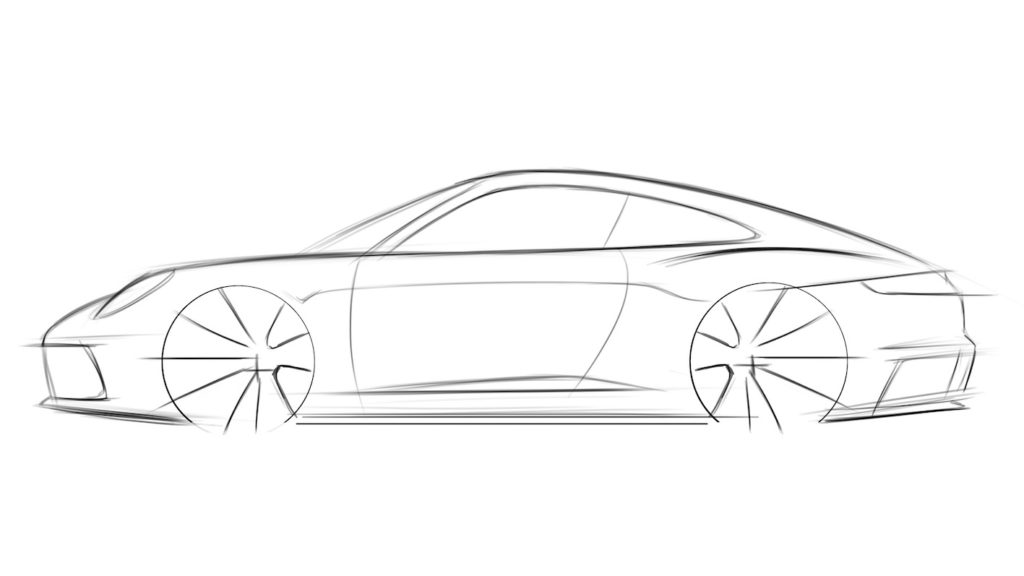
“Sketching a car is about adding layers, gently adding detail. The biggest challenge is always to stop sketching: sometimes a sketch looks better when you apply the principle of ‘less is more’. At this point, the headlight is now an ellipse. I’ve added the lower air intake and the bottom of the door is starting to take more shape. Note the air outlet in the lower part of the rear bumper and the details on the rear wing. I am trying to create a strong rear shoulder feel. There is a very thin line between the wheels now, just below the belt line. It’s very thin and doesn’t exist in the previous image. This very thin line gives the sidewall a more three-dimensional feel. It is no coincidence that this very thin line, as it approaches the rear wheel, gets lower. This does not mean that the line lowers on the final product, it is simply a way to visualise and give the person looking at the side view an impression of what the car might look like in the flesh. If you look at the 911 from above, the rear track of the car is a little wider and these thinner lines help to indicate that.”
Sketch 5
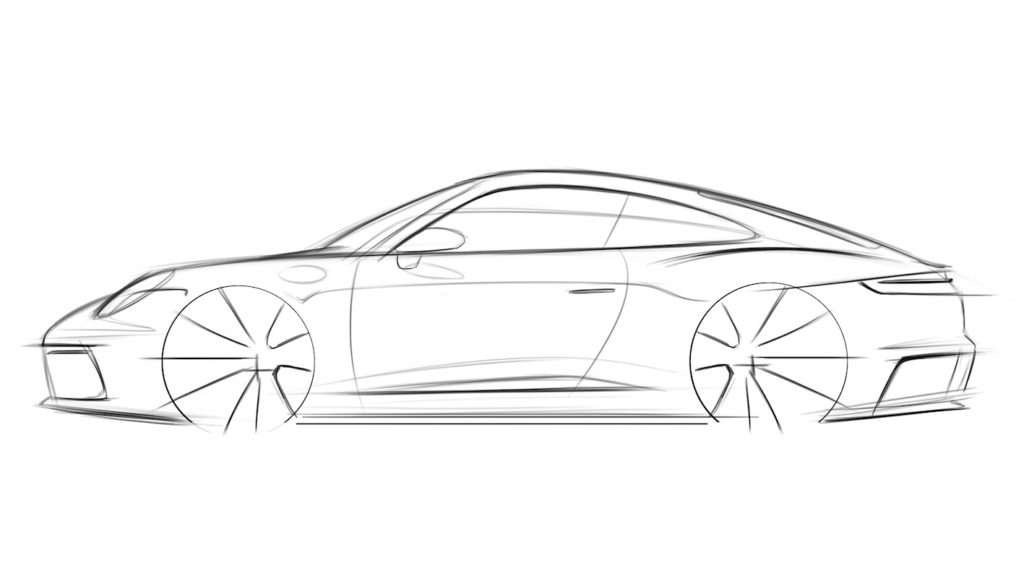
“You’ll see that we’re adding more and more detail at this stage. The door handle is there, as well as other lines of varying thickness, to add or remove importance. It’s all about creating a three dimensional impression. If you can, park your car on a nice background and take a picture of it. You will see lines that indicate the positive and negative surface treatment. Try to mimic these lines in your drawings and it will help bring your sketch to life.”
Sketch 6
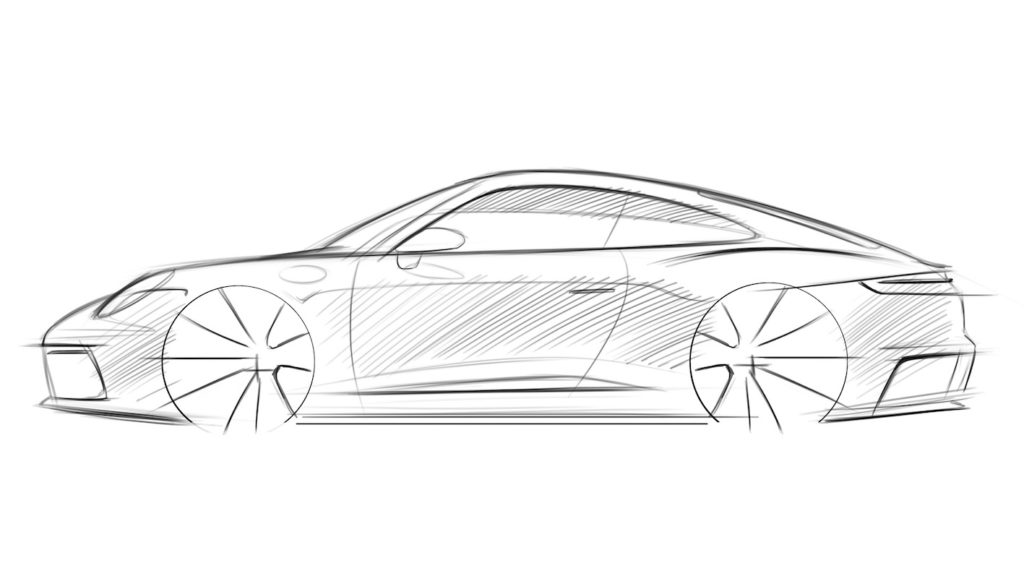
“The first five sketches were lines, but now it’s time to add shadows and contrast. The shoulder is still completely devoid of colour as we want to give the impression that it reflects light. Study photos of cars and look at the areas that are highlighted and those that are in shadow.”
Sketch 7
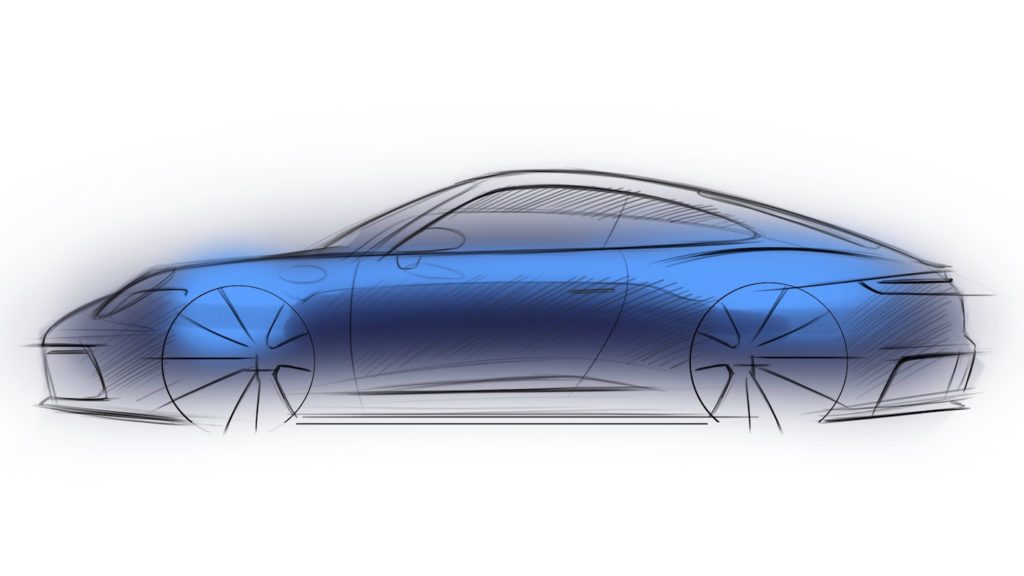
“The next step is fun: this is where we start adding colour and bringing everything together. If you’re working with Photoshop, it’s like adding another layer. The blue colour on the top of the car reflects the sky, while below the line, where it’s darker, we reflect the ground. This gives the impression that the car is on the ground. You don’t need Photoshop – in fact, I’m not very good with it – try using watercolour paint or coloured pencils. When I sketch, it’s often at a meeting, and I only have a pencil and paper with me.”
Sketch 8
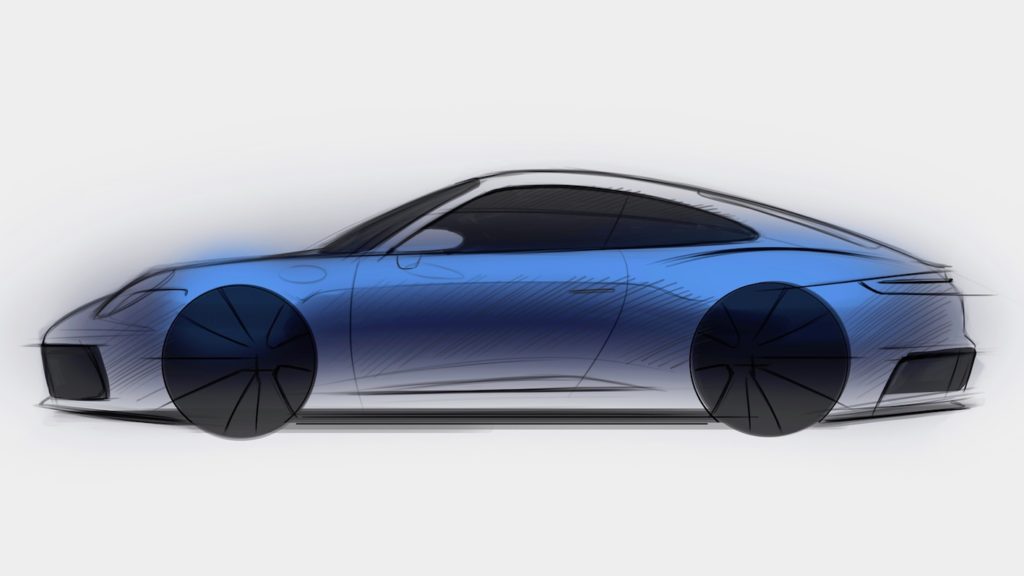
“Each designer has their own way of treating the glass surface, but I like to colour it black at this stage, as well as the wheels. We can add reflections at the next stage. I usually draw thumbnail sized sketches. When you’re just starting out, you may find it easier to do the same, as you have more control.”
Sketch 9
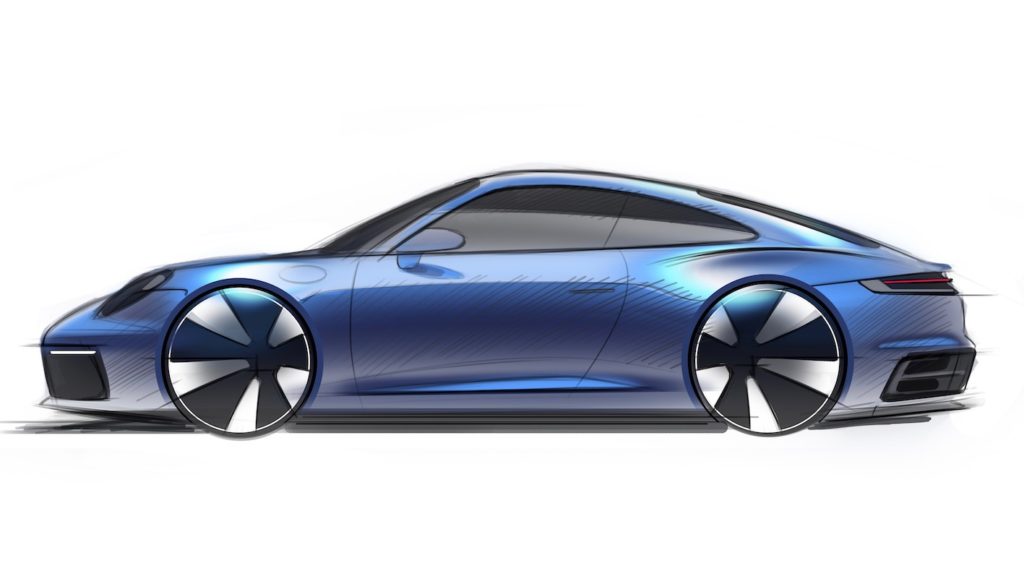
“Consider here the DLO – the glass surface. Here the side window is divided, so that the upper part is black and the lower part is lighter. This gives the impression that there is a curvature. In the very old cars, the glass surface was completely flat, but the side windows now have a curve. You can demonstrate this by a subtle change in colour. The rendering stage takes the design from a pencil sketch to something much more sophisticated.”
Sketch 10
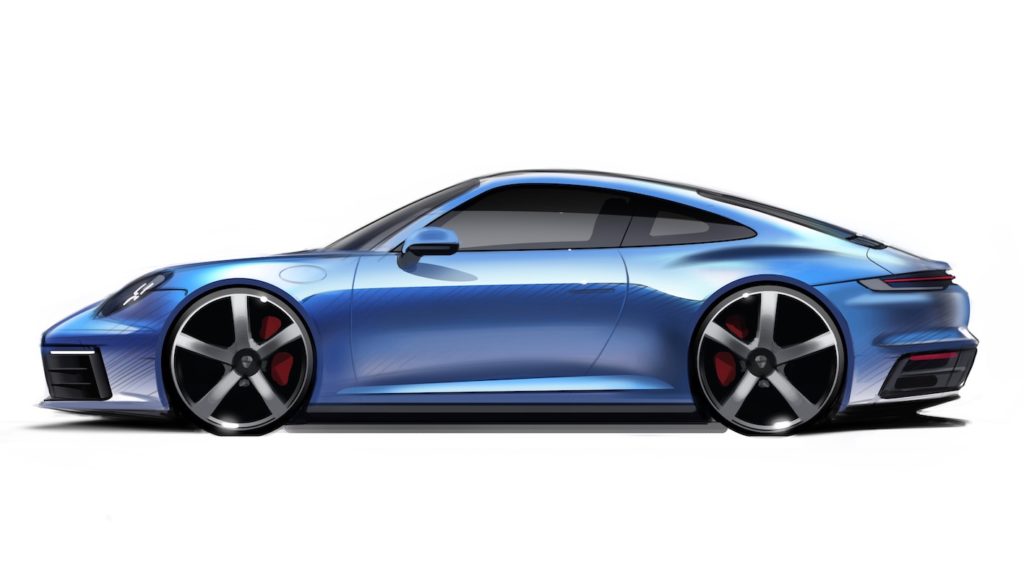
“When working on paper, in one dimension, you need to apply tricks using colour and shadow to create depth and an impression of the final product, in three dimensions. Look again at the photo you took of your car. Look at the places where you can see through the glass, or where the bodywork is reflected. This changes depending on where your car is parked, but it is useful to study how the shadow appears on different surfaces. Here we use white paint to highlight key areas, and a little colour creeps into the lights and calipers. Think about adding a steering wheel. Or maybe you can see part of the seat.”
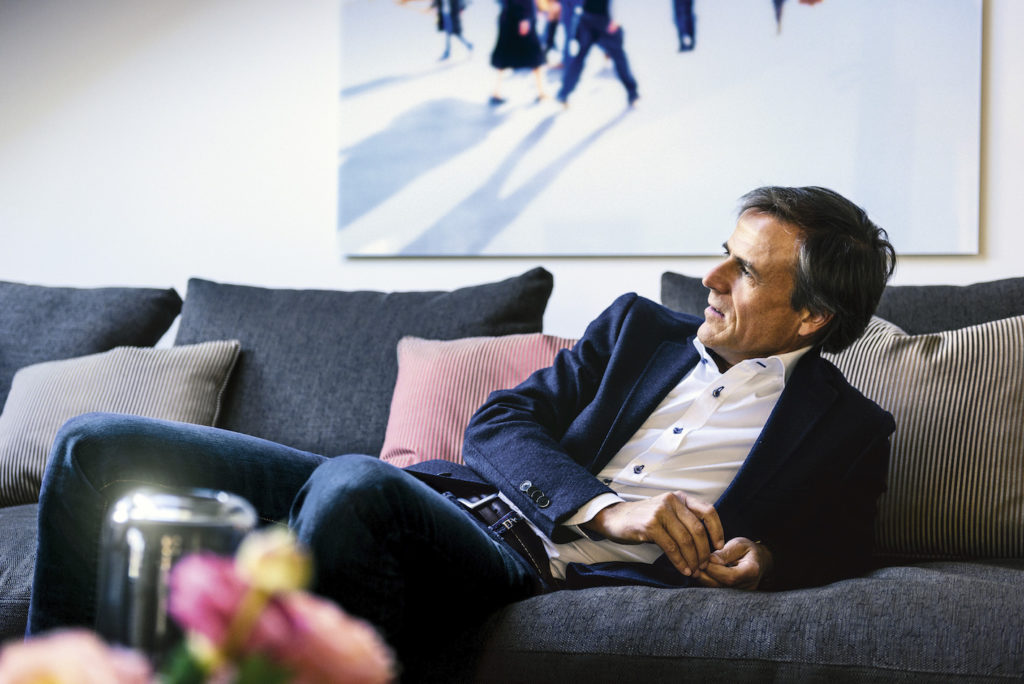
“Keep your sketches,” says Mauer. “Sometimes it’s fun to look back at them and I can see immediately if I was in a meeting, and if it was interesting, or less relevant to my department, or,” he laughs, “if budgets were discussed. Sometimes I think ‘oh, that’s horrible’ or ‘oh, I had a bad day that day’, but design is always about trial and error and I encourage everyone to pick up a pencil and have a go.” Now it’s your turn!

